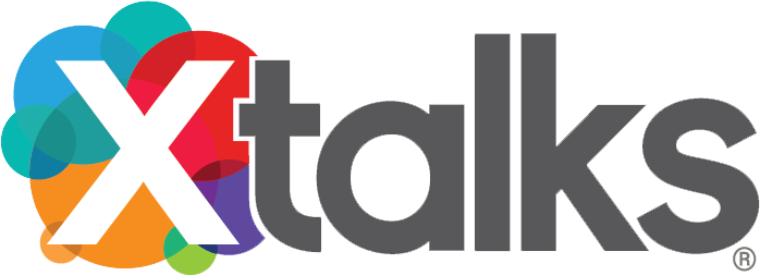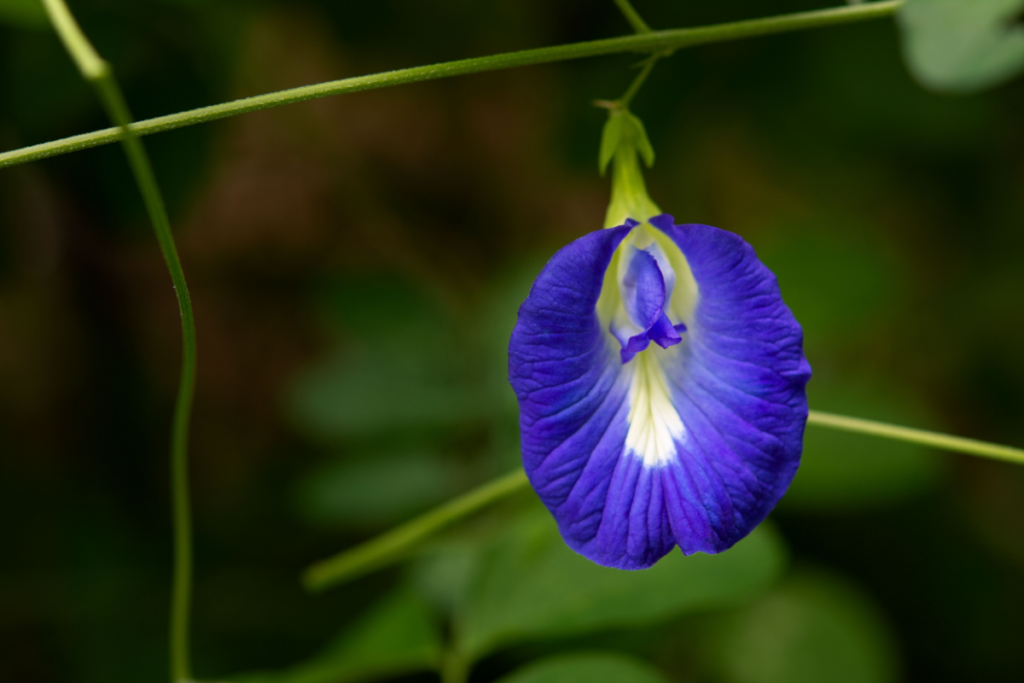The FDA has approved three new color additives derived from plants and minerals, offering food manufacturers a broader palette of natural hues and marking a shift away from petroleum-based dyes. This decision reflects growing consumer demand for cleaner labels and the agency’s commitment to rigorous safety standards before any additive reaches store shelves.
This approval follows an April 22 HHS–FDA announcement that set a national timeline to phase out all petroleum-based synthetic dyes by the end of 2026 and to fast-track natural alternatives — including the three additives approved on May 9, 2025.
In the first approval, Galdieria extract blue — derived from the unicellular red algae Galdieria sulphuraria — has been cleared for use in a range of products, including nonalcoholic beverages, flavored milks, frozen dairy desserts and confections. The pigment is obtained through water-based extraction methods, and its safety was reviewed based on toxicological data and projected dietary exposure.
Butterfly pea flower extract, commonly used in traditional herbal teas, contains anthocyanins — plant-based pigments that can produce a range of colors depending on the pH of the food or beverage. Previously approved for use in drinks and sweets, the FDA has now expanded its approved applications to include cereals, chips, snack mixes and other dry snack products.
The third approval is for calcium phosphate, a naturally occurring mineral compound also found in bones and teeth. The FDA has now authorized its use as a white colorant in ready-to-eat chicken products, confectionery coatings and sugar-based decorations, following a review of toxicological data confirming its safety for these uses.
All three approvals followed the FDA’s color additive petition process, which includes an evaluation of the additive’s chemical composition, dietary exposure estimates, toxicological studies and supporting literature. Once an additive is approved, any manufacturer may use it within the defined conditions of use.
XTALKS WEBINAR: Reducing Labeling Risks: Applying Pharma’s Compliance Playbook to Food Labeling
Live and On-Demand: Wednesday, May 28, 2025, at 9am EDT (3pm CEST/EU-Central)
Register for this free webinar to gain actionable insights the food and beverage companies can leverage to reduce labelling errors, improve efficiency and future-proof their labeling compliance.
Clean Labels, Bold Colors: Industry Trends Driving Natural Pigments
Manufacturers are steadily expanding their use of plant-derived pigments — such as turmeric and beet extracts — to meet growing interest in clean-label ingredients.
According to the Strategies & Trends in Kids Nutrition 2025 report, “naturally functional” and “provenance and authenticity” are among the leading trends shaping product development, suggesting an appetite for colorants that bring both transparency and potential nutritional benefits.
The natural-colors segment is no niche: it reached roughly $1.84 billion in 2024 and is on track to double by 2034 at a 7.2% compound annual growth rate (CAGR). North America and Europe are leading thanks to consumer demand and tighter synthetic-dye regulations, while Asia and Latin America are fast followers as purchasing power rises.
Beyond classic plant extracts, companies are now “brewing” pigments through microbial fermentation, using engineered yeasts and fungi to produce high-purity reds and blues in bioreactors. They’re also experimenting with hybrid systems that microencapsulate turmeric or co-pigment anthocyanins to enhance both color stability and antioxidant function.
Beyond regulatory developments, food makers are making voluntary moves to eliminate artificial additives. In April, the International Dairy Foods Association pledged to remove all certified artificial colors — including Red 3, Red 40, Yellow 5 and Blue 1 — from milk, cheese and yogurt products served in US schools. The move goes beyond existing bans already enacted in five states and will take effect by July 2026.
If you want your company to be featured on Xtalks.com, please email [email protected].












Join or login to leave a comment
JOIN LOGIN